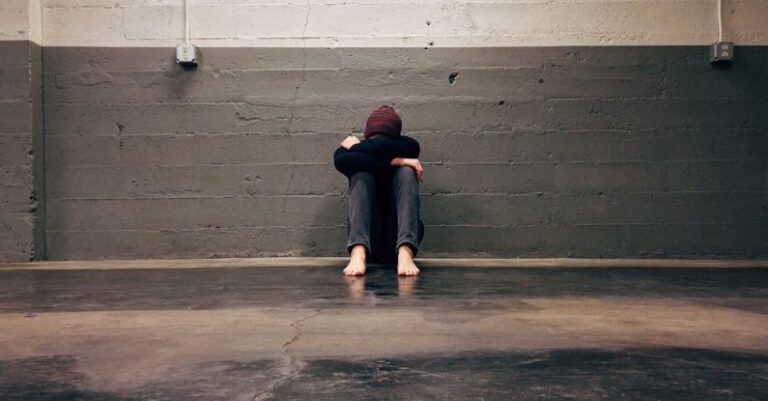
Obsessive-Compulsive Disorder (OCD) is a mental health condition characterized by uncontrollable thoughts and repetitive behaviors. Those with OCD may experience distressing obsessions that lead to compulsive actions in an attempt to alleviate anxiety. Behavioral therapy is a widely recognized and effective approach to managing OCD symptoms. This article will explore how behavioral therapy can be utilized to help individuals cope with and overcome the challenges associated with OCD.
Understanding OCD and Behavioral Therapy
OCD is a complex disorder that can significantly impact an individual’s daily life and overall well-being. Behavioral therapy, particularly a form known as Exposure and Response Prevention (ERP), is considered the gold standard treatment for OCD. In ERP, individuals are gradually exposed to situations that trigger their obsessive thoughts and are guided to resist engaging in compulsive behaviors. This process helps individuals learn to tolerate the anxiety triggered by their obsessions without resorting to compulsions.
Identifying Triggers and Obsessions
The first step in using behavioral therapy for OCD is identifying triggers and obsessions. Triggers are situations, thoughts, or emotions that set off obsessive thoughts in individuals with OCD. These triggers can vary widely from person to person and may include specific fears, doubts, or intrusive thoughts. By recognizing these triggers, individuals can begin to understand the patterns that contribute to their OCD symptoms.
Creating a Hierarchy of Exposure
Once triggers and obsessions are identified, the next step is to create a hierarchy of exposure. This involves ranking situations or scenarios from least to most anxiety-provoking. Starting with the least distressing trigger, individuals gradually expose themselves to each situation on the hierarchy while resisting the urge to engage in compulsive behaviors. This systematic approach allows individuals to confront their fears in a controlled manner, building confidence along the way.
Implementing Exposure and Response Prevention
The core component of behavioral therapy for OCD, Exposure and Response Prevention, involves exposing individuals to their triggers while preventing them from engaging in compulsive behaviors. Through repeated exposure to anxiety-provoking situations, individuals learn that their anxiety will naturally decrease over time without the need for compulsions. By resisting the urge to perform rituals, individuals can retrain their brains to no longer associate relief with compulsive actions.
Practicing Mindfulness and Acceptance
In addition to exposure exercises, mindfulness and acceptance techniques can complement behavioral therapy for OCD. Mindfulness involves staying present in the moment and observing thoughts and feelings without judgment. By practicing mindfulness, individuals can learn to tolerate discomfort and uncertainty, skills that are essential for managing OCD symptoms. Acceptance, on the other hand, involves acknowledging and embracing the presence of obsessions without trying to suppress or control them.
Building a Support System
Recovery from OCD can be a challenging journey, and having a strong support system in place can make a significant difference. Whether it’s family, friends, or a therapist, having people who understand and encourage progress is invaluable. Support can come in many forms, from offering a listening ear to providing practical assistance during exposure exercises. Knowing that there are people who believe in their ability to overcome OCD can empower individuals to stay committed to their treatment.
Maintaining Progress and Seeking Help When Needed
Recovery from OCD is not a linear process, and setbacks may occur along the way. It’s essential for individuals to be patient with themselves and to celebrate even small victories. If symptoms worsen or become overwhelming, seeking help from a mental health professional is crucial. Therapists can provide guidance, support, and adjustments to treatment plans as needed to ensure continued progress.
In conclusion, behavioral therapy, particularly Exposure and Response Prevention, is a highly effective approach for managing OCD symptoms. By identifying triggers, creating exposure hierarchies, and practicing mindfulness and acceptance, individuals can learn to confront their fears and reduce the impact of OCD on their lives. With the right support system in place and a commitment to treatment, individuals with OCD can make significant strides towards recovery and improved quality of life.





